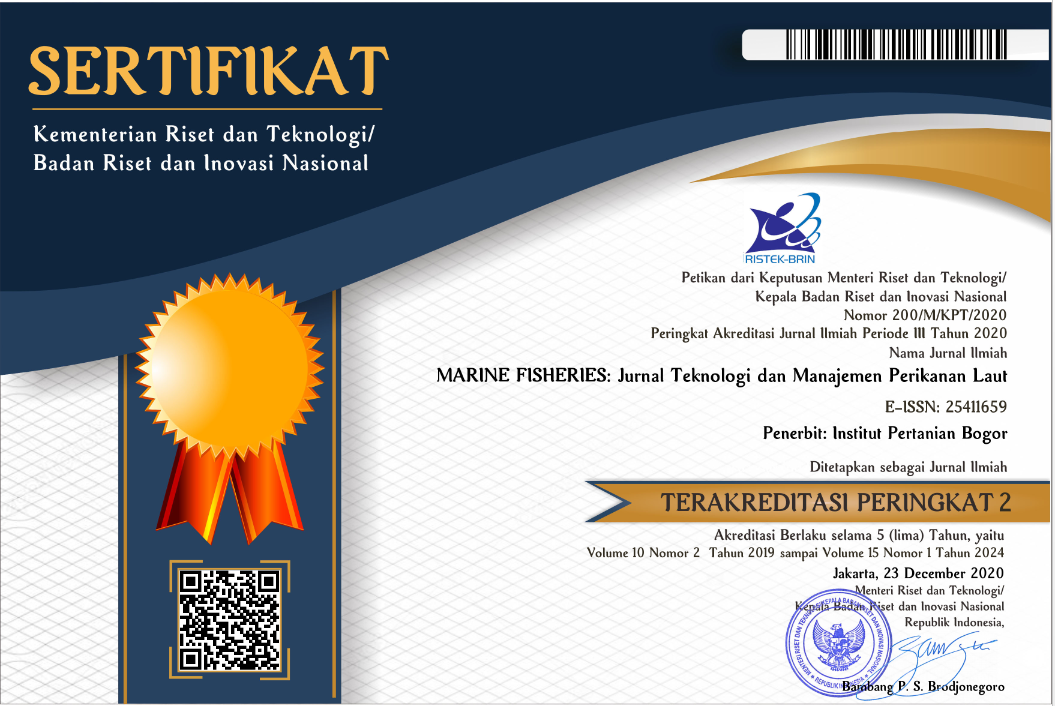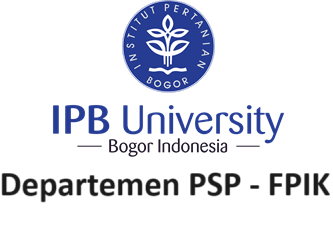Implementation of Tuna Traceability in Ocean Fishing Port of Nizam Zachman Jakarta
Abstract
Nizam Zachman Fishing Port (PPS Nizam Zachman) is one of fishing ports in Indonesia that implemented traceability and has export-destination to the United States and the European Union. However, previous study showed that documents recording and fish handling activities in the fishing port were poorly managed. Objectives of this study were to identify structure of supply chain, formulate obstacle factors of traceability, and recommend implementation actions of traceability. Data were collected through observation and interviews with longline tuna fishermen and tuna processing entrepreneurs. Subsequently, data were analyzed by applying descriptive and GAP analysis. The results showed that supply chain of tuna fisheries at PPS Nizam Zachman was started from fishermen, fish landing center, and ended at tuna processing industries. Regarding traceability implementation, 83% of activities at the Nizam Zachman fishing port met the standard. However, improvement was still required for documentation process at fishermen and processing phase, in addition to tuna handling procedures. Factors that impede traceability include e-logbooks filling, tuna handling at unloading process; 1) No regular checking on temperature at every 2 hours; 2) slow loading and unloading speed; 3) Fish are exposed to the floor during transportation process, no refrigerated vehicles were used during transportation process, and no electronics documentation. Some actions to overcome traceability implementation problems are: 1) evaluating and monitoring the fishermen activities; 2) doing periodic quality control in the field; 3) managing collaborations between the government and NGOs and tuna fisheries industry associations.
Keywords: GAP analysis, supply chain, traceability, tuna export, tuna handling
Downloads
Author(s) who published in this journal agree to following terms:
- Author(s) must understand and agree that the copyright script in published owned by the Marine Fisheries Journal. The copyright includes reproducing and selling the manuscript to all parties.
- Everyone can cite every manuscript published in Marine Fisheries for educational purposes, with the author's name and the Marine Fisheries Journal on reference.









